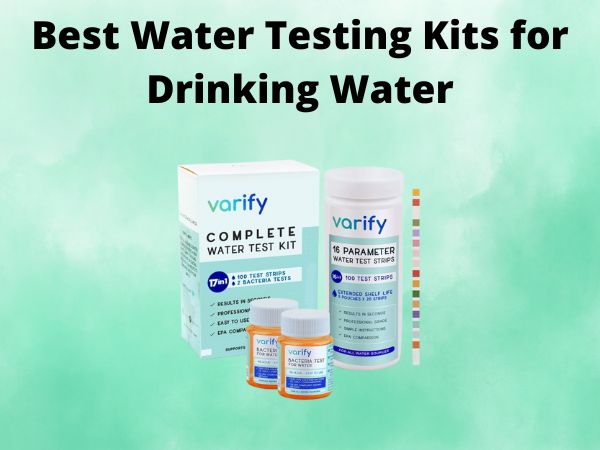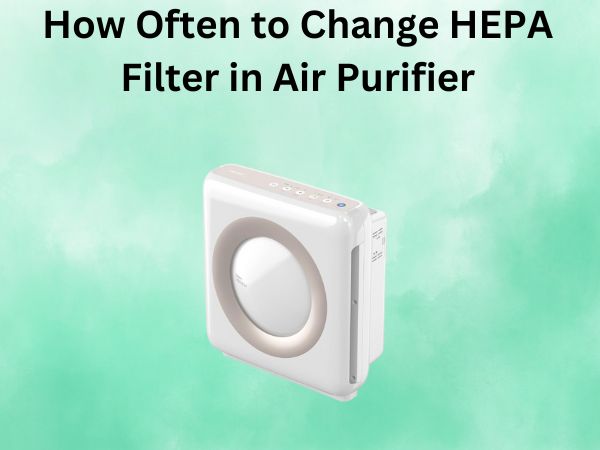How to Disinfect a Water Cooler [for Clean Drinking Water]
Are you concerned about the cleanliness of your water cooler? Perhaps you’ve noticed an odd taste or odor in your drinking water? Well, it’s time to do something about it! In this guide, we’ll walk you through the steps on how to effectively disinfect a water cooler. By the end, you’ll be confident that each sip you take is as refreshing as it ought to be.
Table of Contents
Understanding the Importance of Disinfecting
Why should you bother disinfecting your water cooler in the first place? The answer is simple: to ensure your drinking water remains safe and fresh. Water coolers can become a breeding ground for bacteria, mold, and algae if not cleaned regularly. Nobody wants a cocktail of microbes with their H2O, right?
Signs Your Water Cooler Needs Cleaning
How do you know when it’s time to give your water cooler some TLC? Here are a few signs:
- Unusual tastes or odors
- Visible slime or mold
- Reduced water flow
- Frequent illness among users
Gather Your Tools and Supplies
Before diving into the cleaning process, you’ll need the right tools. Here’s what to gather:
- Clean cloths or sponges
- Dish soap
- White vinegar or bleach
- Bucket or large bowl
- Gloves
- Toothbrush or small brush
Preparing Your Water Cooler for Cleaning
The first step to a clean water cooler is preparation. Clear the space around your cooler and ensure there’s enough room to work without spilling cleaning solutions everywhere.
Unplugging and Dismantling the Cooler
Safety first! Unplug the water cooler to prevent any electrical mishaps. Then, carefully remove the water bottle and any detachable parts like spouts and drip trays.
Cleaning Solution Preparation
Time to mix your cleaning solution. For general cleaning, mix one part white vinegar to three parts water. Alternatively, you can use a mild bleach solution (1 tablespoon of bleach per gallon of water) for stubborn grime.
Cleaning the Reservoir
Pour the cleaning solution into the reservoir. Allow it to sit for 10 to 15 minutes. Use a cloth or brush to scrub the inside gently. Rinse thoroughly with clean water afterward.
Disinfecting Spouts and Drip Trays
Don’t forget the smaller components! Soak spouts and drip trays in your cleaning solution. Use a toothbrush to scrub any nooks and crannies where germs may hide.
Drying and Reassembling the Cooler
After cleaning, rinse all parts with fresh water. Pat everything dry with a clean cloth to prevent mold growth. Reassemble the water cooler meticulously to ensure nothing leaks.
Preventing Algae and Mold Growth
Here’s a tip: If your water cooler is exposed to sunlight, algae might thrive. Consider relocating it to a shadier spot or purchasing UV-resistant bottles.
Final Check Before Usage
Before plugging the cooler back in, give it a solid inspection. Ensure all parts are reattached firmly, and there are no remnants of your cleaning solution left that might taint the taste.
Maintenance Tips
Regular maintenance is key to avoiding future headaches. Aim to disinfect your water cooler every three months. Between deep cleans, wipe down surfaces weekly to keep germs at bay.
Common Mistakes to Avoid
Everyone makes mistakes, but here are a few to avoid:
- Using harsh chemicals that can damage the cooler
- Forgetting to rinse thoroughly
- Skipping regular maintenance
Environmental Considerations
As you clean, consider the environmental impact. Opt for biodegradable cleaning agents where possible. Dispose of any waste responsibly to protect our planet.
Conclusion
Disinfecting your water cooler is a straightforward yet crucial task to ensure your drinking water’s purity and quality. By following these steps, you not only enhance your health but also extend the lifespan of your cooler. Remember, fresh water is just a clean cooler away!
Frequently Asked Questions
How often should I disinfect my water cooler?
It’s advisable to disinfect your water cooler every three months or whenever you notice any unusual tastes or odors.
Can I use lemon juice as a natural cleaning agent?
Yes, lemon juice can be a natural alternative, especially for eliminating odors, although it may not be as effective as vinegar or bleach for thorough cleaning.
What if my water cooler still smells after cleaning?
If an odor persists, repeat the cleaning process, focusing on heavily affected areas, and ensure all cleaning solutions are thoroughly rinsed.
Is it safe to use bleach in a water cooler?
Yes, using a diluted bleach solution is safe and effective for killing bacteria, provided you rinse thoroughly afterward.
Do I need to clean the water jug as well?
While the focus is on the cooler, the water jug should also be cleaned periodically, especially if you notice any buildup at the cap or nozzle.




